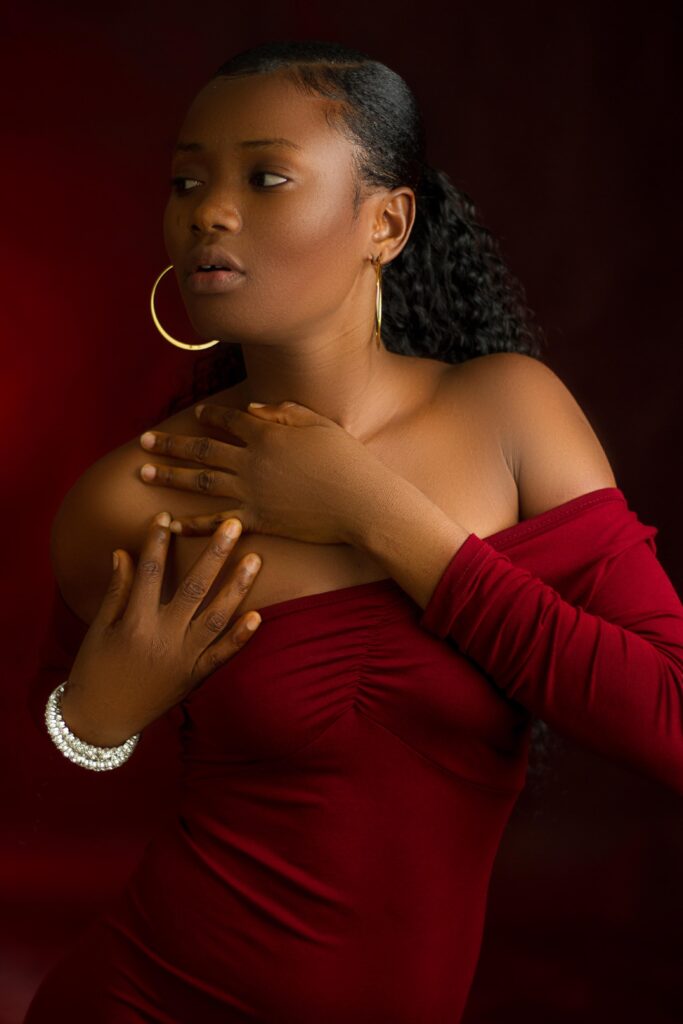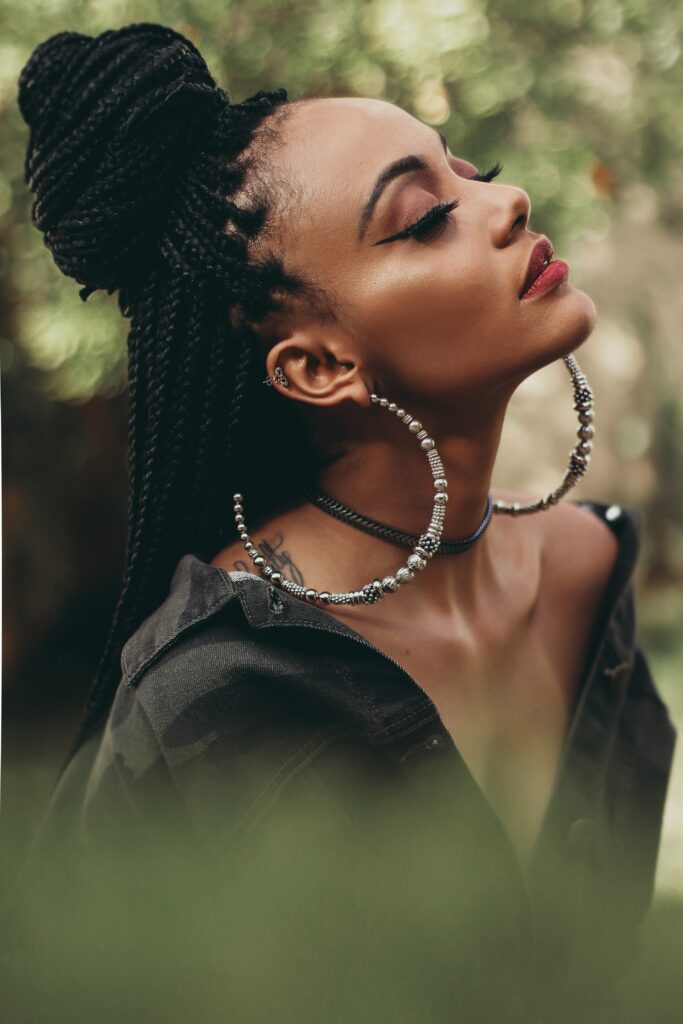Navigating Through The World Of Clean Beauty

Clean beauty is a term that has been gaining a lot of traction in recent years, and for good reason. Consumers are becoming more conscious about the ingredients they put on their skin and are looking for products that are free of harmful chemicals. However, navigating the world of clean beauty can be overwhelming, with so many brands and products claiming to be “clean.” In this blog, we’ll take a closer look at what clean beauty is and how to navigate this world to find the best products for your skin.
What is Clean Beauty?
Clean beauty is a term that refers to products that are made without any harmful or toxic ingredients. The definition of clean beauty is not standardized, and different brands may have different standards for what qualifies as “clean.” However, there are some common ingredients that are generally avoided in clean beauty products. These include parabens, phthalates, sulfates, synthetic fragrances, and certain preservatives.
Why Choose Clean Beauty?
There are several reasons why you may want to choose clean beauty products. Firstly, some of the ingredients commonly found in traditional beauty products have been linked to health concerns such as cancer, reproductive issues, and allergies. Choosing clean beauty products can help you avoid exposure to these potentially harmful ingredients.
Secondly, clean beauty products are often more environmentally friendly than traditional beauty products. Many clean beauty brands use sustainable and eco-friendly packaging and avoid ingredients that may harm the environment.
Navigating the World of Clean Beauty
With so many brands and products claiming to be “clean,” it can be challenging to know which products are genuinely clean and which are just using the term as a marketing ploy. Here are some tips for navigating the world of clean beauty:
- Look for Certifications: Look for products that have been certified by a reputable third-party organization such as the Environmental Working Group (EWG), Leaping Bunny, or the USDA Organic seal. These certifications can provide assurance that the products meet certain standards.
- Read Ingredient Lists: It’s essential to read the ingredient lists on products to ensure they are genuinely clean. Look out for ingredients such as parabens, phthalates, sulfates, synthetic fragrances, and certain preservatives.
- Research Brands: Do your research on the brands you are considering purchasing from. Look for brands that are transparent about their ingredients and manufacturing processes. You can also look for reviews from other consumers to see their experiences with the brand.
- Start Small: It’s easy to get overwhelmed when trying to switch to clean beauty products. Start by swapping out one product at a time and gradually building up your collection of clean beauty products.
- Be Realistic: It’s essential to remember that no product is perfect, and there may be some compromise involved when choosing clean beauty products. You may need to try several different products before finding one that works for you.
- Don’t Fall for Buzzwords: Be cautious of buzzwords such as “natural” or “organic.” These terms are not regulated and can be misleading. Always check the ingredient list to make sure the product is genuinely clean.
- Consider Your Skin Type: Just like with traditional beauty products, different clean beauty products work better for different skin types. Consider your skin type and any specific concerns you may have when choosing clean beauty products.
- Try Samples: Many clean beauty brands offer samples or travel-sized products. Take advantage of these offers to try out products before committing to the full-sized version.
- Be Patient: Switching to clean beauty products may take some time for your skin to adjust. Be patient and give your skin time to acclimate to the new products.
- Check Expiration Dates: Clean beauty products often use natural ingredients, which can have a shorter shelf life than traditional beauty products. Check the expiration dates on products and make sure to use them before they expire.
- Be Mindful of Price: Clean beauty products can often be more expensive than traditional beauty products due to the use of higher quality, natural ingredients. However, this does not mean that all expensive products are clean. Be mindful of the price and do not assume that an expensive product is clean without doing your research.
- Support Small Businesses: Many clean beauty brands are small businesses that prioritize transparency, sustainability, and ethical practices. Consider supporting these businesses when looking for clean beauty products.
- Educate Yourself: Stay up to date on the latest research and information regarding clean beauty. Educate yourself on the different ingredients to avoid and the certifications to look for. This will help you make informed decisions when choosing clean beauty products.
- Keep it Simple: With so many clean beauty products available, it can be easy to get caught up in trying all the latest products. However, keeping your skincare routine simple can be just as effective. Focus on finding a few key products that work for you and sticking with them.
- Share Your Knowledge: Spread the word about clean beauty to friends and family. Share your knowledge and experiences with clean beauty products, and encourage others to make the switch to cleaner, safer beauty products.
Navigating the world of clean beauty requires research, patience, and mindfulness. By following these tips and staying informed, you can build a collection of clean beauty products that work for you and align with your values. Remember to prioritize your health and the health of the environment when choosing beauty products, and share your knowledge with others to promote a cleaner, safer beauty industry.


